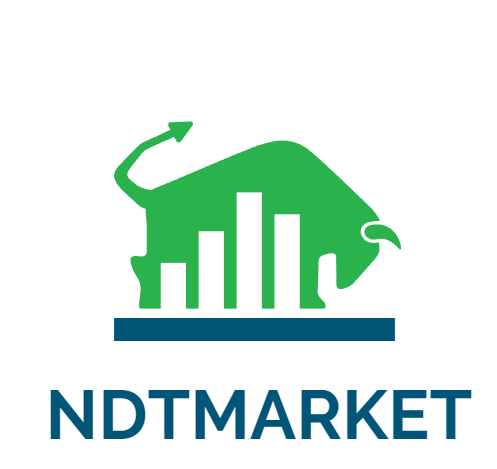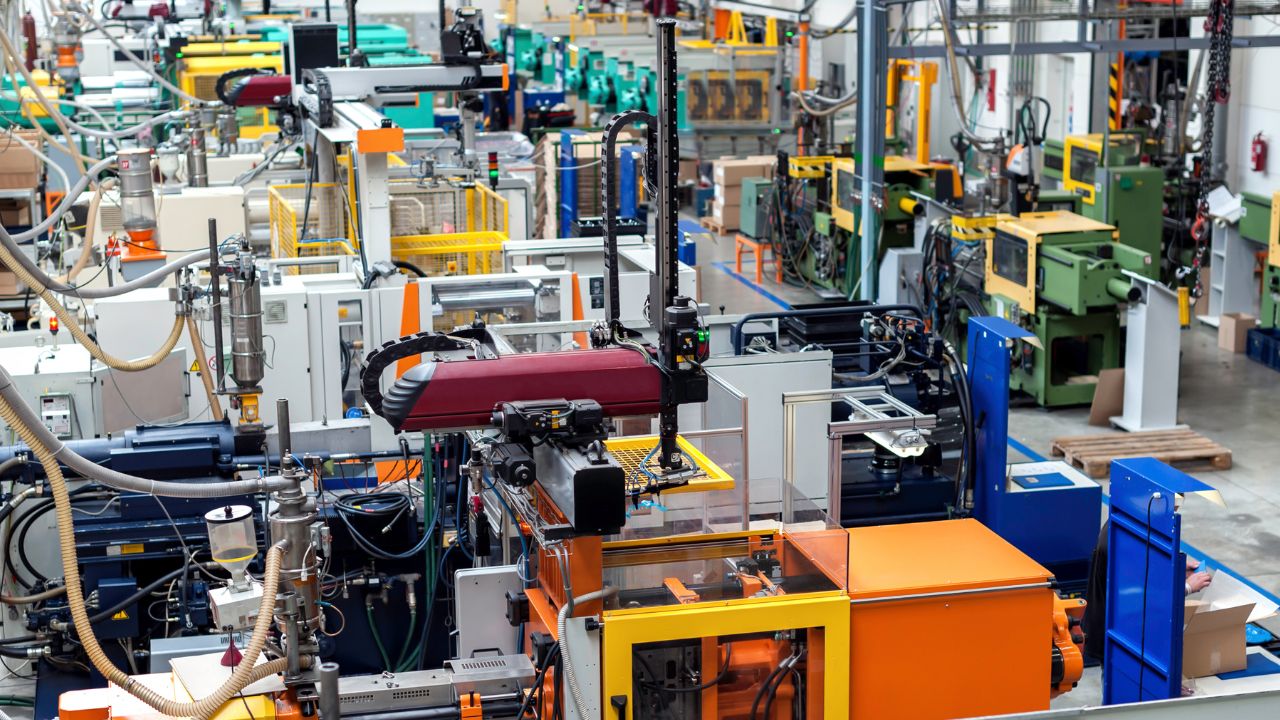In recent years, the global manufacturing industry has been grappling with significant fluctuations in the prices of raw materials. This volatility has been particularly challenging for manufacturers of complex machinery, such as sticker labeling machines, where material costs constitute a substantial portion of overall production expenses.
Chinese sticker labeling machine manufacturers are no strangers to these challenges, and they have developed a variety of strategies to manage and mitigate the impacts of raw material price volatility on their operations.
Diversifying the Supplier Base
One of the most effective strategies that Chinese sticker labeling machine manufacturers are using to cope with raw material price fluctuations is diversifying their supplier base. By sourcing materials from multiple suppliers, both domestic and international, manufacturers can reduce their dependence on any single source. This approach not only helps in securing better pricing through competitive negotiations but also ensures a steady supply of materials, even when certain suppliers face disruptions or price hikes.
In addition, some manufacturers are exploring long-term contracts with suppliers to lock in prices and ensure a consistent supply of materials over time. This tactic helps shield manufacturers from short-term price spikes and provides a more predictable cost structure for budgeting and financial planning.
Investing in Material Substitution and Innovation
Another approach being adopted by Chinese sticker labeling machine manufacturers is the exploration of alternative materials that can serve as substitutes for more expensive or volatile ones. By investing in research and development (R&D), manufacturers are discovering new materials that offer similar or superior performance at a lower cost. For example, using advanced polymers or composite materials as alternatives to metals can significantly reduce material costs while maintaining or even enhancing the functionality and durability of the machines.
Moreover, innovation in design and engineering can lead to more efficient use of materials. By optimizing the design of sticker labeling machines, manufacturers can minimize material waste and reduce the overall quantity of raw materials required for production. This not only helps in lowering costs but also contributes to environmental sustainability, which is becoming an increasingly important consideration for manufacturers and their customers.
Enhancing Operational Efficiency
Operational efficiency plays a crucial role in mitigating the impact of raw material price volatility. Chinese sticker labeling machine manufacturers are increasingly focusing on streamlining their production processes to reduce waste, improve productivity, and lower costs. This includes implementing lean manufacturing principles, which emphasize the elimination of non-value-added activities and the optimization of resource use.
Additionally, manufacturers are investing in automation and advanced manufacturing technologies to enhance precision and reduce the need for rework or scrap. By producing higher quality parts and components with less material waste, manufacturers can better absorb fluctuations in material prices without significantly affecting their profit margins.
Strategic Inventory Management
Strategic inventory management is another key tactic employed by Chinese sticker labeling machine manufacturers to cope with raw material price volatility. By maintaining an optimal level of inventory, manufacturers can hedge against price increases and ensure that they have sufficient materials on hand to meet production demands during periods of price instability.
Some manufacturers are adopting just-in-time (JIT) inventory systems, which aim to align material purchases with production schedules to minimize inventory holding costs. While JIT can be risky in volatile markets, it can be effective when combined with strong supplier relationships and accurate demand forecasting. In contrast, others are building up inventory during periods of lower prices, allowing them to continue production without incurring higher costs when prices rise.
Financial Hedging and Risk Management
To further manage the risks associated with raw material price volatility, some Chinese sticker labeling machine manufacturers are turning to financial hedging. By using financial instruments such as futures contracts, options, and swaps, manufacturers can lock in prices for raw materials, thereby protecting themselves from unexpected price spikes. While these financial tools require expertise and come with their own set of risks, they can be an effective way to stabilize costs in a volatile market environment.
Moreover, comprehensive risk management strategies are being developed to assess and mitigate the potential impacts of price volatility on the overall business. This includes scenario planning, where manufacturers model different pricing scenarios and develop contingency plans to address potential challenges.
Conclusion
The volatility of raw material prices presents a significant challenge for Chinese sticker labeling machine manufacturers, but it also drives innovation and strategic thinking within the industry. By diversifying suppliers, investing in material substitution, enhancing operational efficiency, managing inventory strategically, and employing financial hedging, manufacturers are finding ways to navigate this complex landscape. These strategies not only help in mitigating the impact of price fluctuations but also position manufacturers to remain competitive in a global market where cost efficiency and adaptability are key to success.
4o


